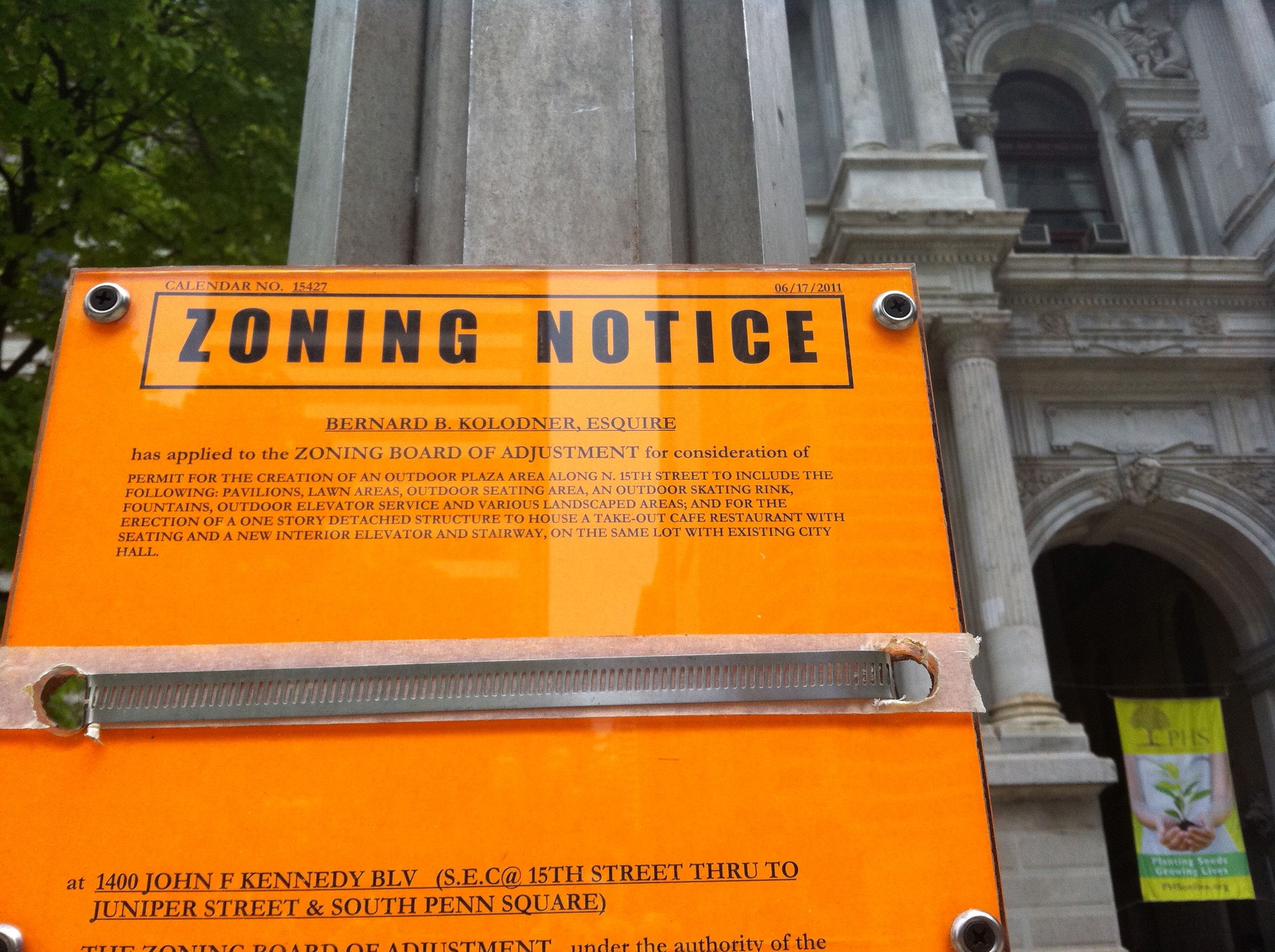O’Neill seeks to clarify zoning variance standards

Councilman Brian O’Neill is hoping to clear up an area of zoning law that has only recently become unclear. On Thursday morning, the 10th-District Councilman introduced a bill stipulating that the rule that the zoning board should in every case grant only the minimum variance needed in order to alleviate a property’s hardship applies to use variances as well as dimensional ones.
The rule exists so that zoning boards don’t end up giving too much away when an applicant needs a variance. For example, if you applied for a height variance because your property happened somehow to be between two buildings that were five feet taller than the zoning of your property allows, and the zoning board agreed to give you a variance, theoretically it should stipulate that you only get the extra five feet, and not a blank check to build as tall as you want.
In the case of a use variance, if an industrially zoned property is no longer suitable for industrial use, the owner may seek a variance to use the property for retail, or a restaurant. The zoning board, according to the minimization guideline, should tailor the variance to whatever particular use is proposed, and not give the owners the right to build, say, a strip club or a casino. It’s intended to be a rational check on the potential impact of exceptions to zoning rules.
Except that there is apparently some question about whether it applies to use variances. A case involving South of South Neighborhood Association and a proposed commercial plaza in an industrial district at 23rd and Washington has been working its way through the courts for several years, and earlier this month, the state Supreme Court agreed to hear arguments about it. PlanPhilly will have more on that case soon, but in short, the central question has become whether the ZBA is required to grant the smallest possible variance needed for relief in the case of uses as well as dimensions.
Councilman O’Neill’s bill was introduced in order to clarify that section of the code for future cases. It amends section 14-303(8)(e)(.1)(.b) to say (italics indicate language added):
“The variance, whether use or dimensional, if authorized will represent the minimum variance that will afford relief and will represent the least modification possible of the use or dimensional regulation in issue …”
PlanPhilly will post the bill when an electronic copy becomes available.
WHYY is your source for fact-based, in-depth journalism and information. As a nonprofit organization, we rely on financial support from readers like you. Please give today.




